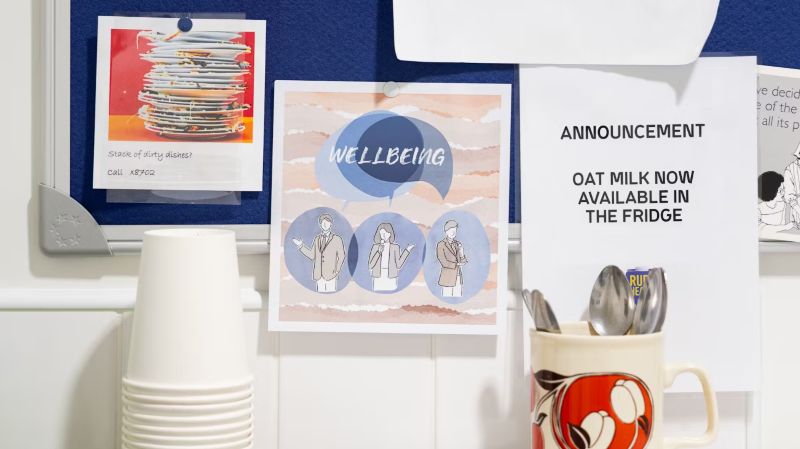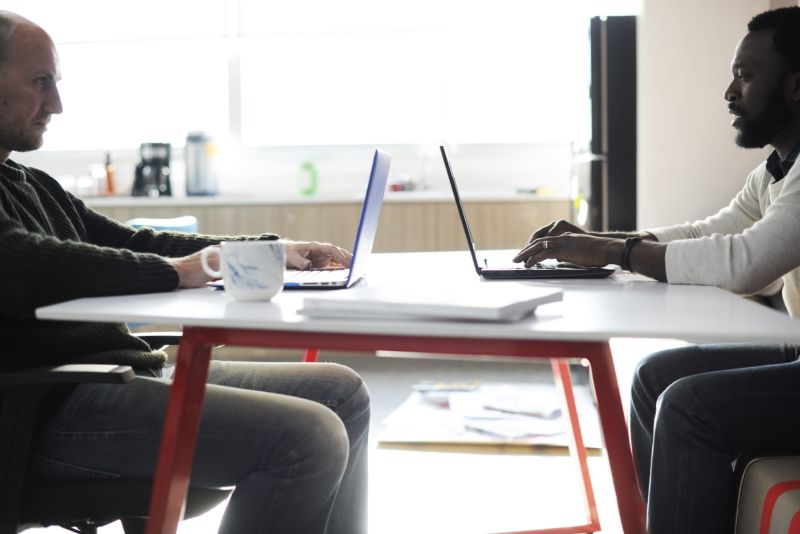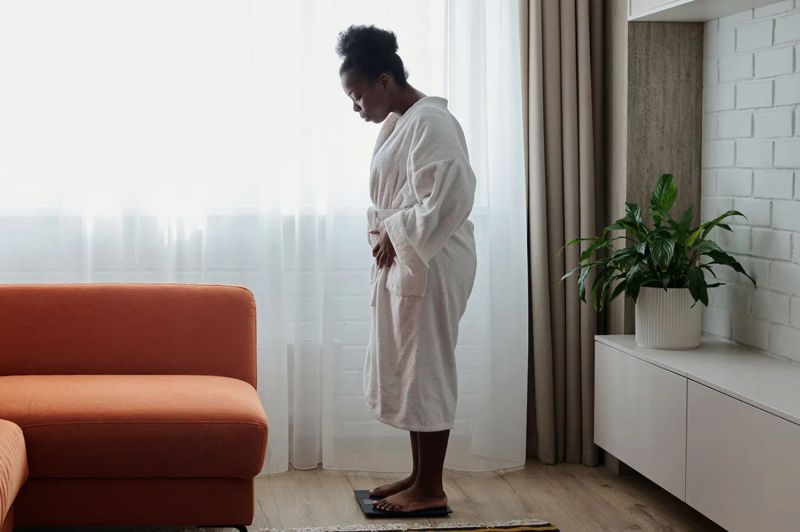

By Paige Curtis
Third culture kid, writing at the intersection of environmentalism, Blackness, and pop culture
I was in my first job out of college, and I was flailing. I was working for a climate tech startup, and while I loved the environmental slant, there was a steep learning curve.
My then-manager noticed how quiet I was in meetings and that I was hesitant to pick up new projects. In hindsight, I was poorly suited for the fast-paced culture that many organizations proudly proclaim. It takes me a while to process new information, and I often like to do so alone. While some employees take quickly to communication tools designed to encourage collaboration, I remain overwhelmed by the volume of notifications that demand my attention.
After six months on the team, my manager called me into her office. “I think you could really succeed here,” she said. “But you’ll need some quick wins to make a name for yourself.”
This was 2016, when the innovation-obsessed culture of Big Tech—summed up by Mark Zuckerberg’s infamous tagline “move fast and break things”—began to permeate TV, food, and the work culture of countless established companies. What my manager really meant was that I needed to work faster and land good ideas soon to prove I deserved that job.
While “quick wins” have long been a part of the corporate lexicon, the term took on greater significance in the 2010s, the heyday of startups. Startup culture has a lot to do with “agile” working—maintaining productivity and responding quickly to new challenges. By 2017, organizations across every sector saw agility—and the fast-paced work culture that often comes with it—as a means to keep up with the volatile world around them.
Fast-forward to 2021, when work life became even more complicated by COVID-19. Millions of people left the workforce during the pandemic, dubbed the “Great Resignation,” and an estimated 52% of workers experienced burnout, up from 43% in 2020. And as the 42% of U.S. workers who are now remote can attest, the increased connectivity required to work from home has its drawbacks. A growing body of research suggests that the ills of modern work—defined by hyper-urgency, constant responsiveness, rampant multitasking, and thoughtless action—are likely here to stay.
Finally, it seems employers are taking notice. About 80% of workers in a recent employment survey supported a four-day workweek, and there’s even momentum in Congress to codify a 32-hour workweek. Facebook and Asana were early adopters of the no-meeting workday, and more recently, Kickstarter joined a global campaign to normalize shorter workweeks. A wave of major companies, including Bumble, LinkedIn, Mozilla, and HubSpot gave their employees an additional week of paid vacation in 2021 to completely unplug.
Some leaders in the tech sector, once notorious for its hellish pace of work, are now setting a healthier example for other industries. A third of all U.S. companies plan to offer employees hybrid work options and greater flexibility around where to work.
After trying to maximize my every waking hour for productivity, I did more than unplug. Last year, I quit my job and left the tech industry altogether, longing to escape the breakneck speed that had defined the past five years of my work life. In the midst of a global pandemic, I don’t have the capacity to work at full tilt. Instead, I want to work fewer hours, with steady progress, ample time to rest, and more mental space to get meaningful work done. I want to work slowly.
The Case for Slowing Down
Spun out of movements across research, medicine, travel, fashion, and food, there is now a strong case for “slow work.” With many workers still battling exhaustion and the collapse of any work-life boundary, slow work embraces what we’ve always known to be true: Work ultimately isn’t what leads to a fulfilling life. Slowness liberates us—and the things that actually make us happy—from incessant hurry.
For the uninitiated, the slow movement first began in the food world, stewarded by culinary writer Carlo Petrini. After McDonald’s attempted to open a franchise beside the revered Spanish Steps in Rome in the late ’80s, Petrini launched the slow food movement, hoping to thwart the global expansion of fast food. In defiance of industrial food production, where cost and convenience prevail, slow food calls for local ingredients, sustainable practices, and, most notably, a return to eating for the joy of it. As the slow food manifesto states, “tranquil material pleasure” is a powerful antidote to the “universal madness of ‘fast life.’”
So what does the slow movement have to say about how we work? A slow approach to modern work means greater control over when to work, more space for ‘deep work,’ and, for some, the de-prioritization of work altogether. Slow work has a long history in Europe and around the Mediterranean (up until last year, it was illegal for French employees to eat lunch at their desks, out of concern that employees wouldn’t use their lunch breaks), and American companies are finally catching on.
With so many of us staring down a constant stream of work tasks, domestic responsibilities, and communications awaiting a response, slow work feels counter to what modern life demands. But as Oliver Burkeman, journalist and author of Four Thousand Weeks: Time Management for Mortals can attest, we’ll never actually reach the end of our to-do list—so stop trying. Even if we do conquer our to-do list, we’ll fall into what Burkeman describes as the “efficiency trap”—work only begets more work.
“When you succeed at fitting more in, you’ll find the goalposts start to shift,” Burkeman warns. “As you work to accrue more income, the minimum requirements for your lifestyle are also likely to increase.” Work—and what we do with the fruits of our labor—will always expand to fill the space we allow it.
Embracing a slower work day isn’t just about reclaiming one’s time; it also leads to better quality work. “Carving out time to think interstitially throughout my workday—30 seconds here, two minutes there—has transformed the way I work,” says Juliet Funt, CEO of Juliet Funt Group, a professional training and coaching firm, and author of A Minute to Think: Reclaim Creativity, Conquer Busyness, and Do Your Best Work. In her crusade against busywork, Funt makes the case for greater “white space”—short periods of unscheduled time—for creativity and strategic thinking.
Slow work invites us to shut out low-value tasks and prioritize the impactful work that actually moves the needle.
Beyond Work
Much has been said about the link between leisure time and happiness, but it bears repeating: There’s more to life than work. A 2019 study published in The Journal of Positive Psychology showed that globally, those with more free time feel happier, healthier, and more productive than those who work longer hours for more money. Ashley Whillans, a time and happiness researcher at Harvard Business School and one of the study’s co-authors, adds, “Those who have hobbies outside of work and take time to be with their families are better able to deal with stress when it arises.”
Propelling the slow work movement forward requires what Whillans calls “small changes around the margins.” I’m now lucky to work in a nonprofit that views slow work as a means to take care of its employees and resist the White supremacy culture that pervades many organizations.
In the time since my career transition, I’ve managed to deprogram myself from the “always on” culture of previous workplaces. Generally, I learn more from the process of working on a project than from the outcome, and I try not to equate speed with progress. I still protect my time fiercely, and while some workdays require more of me than others, I always make time for a lunch break and a walk outside. While my devices will always beckon with notifications, switching my phone to grayscale has helped limit my doom-scrolling.
Slow work is an exercise in doing less and, more aspirationally, doing nothing. As Burkeman writes, “‘Doing nothing’ really means training yourself to resist the urge to manipulate your experience … to let things be as they are.” And wasn’t that Carlo Petrini’s vision for the slow food movement all along? The right to live, work, and play at our own pace is inalienable and worth protecting at all costs.
Sometimes, I miss the buzz of a fast-paced office like an athlete misses the game. Work pressure and a fear of failure powered me through the day but left me too drained to enjoy my free time. Rest was a reward for pushing myself during the workday.
Now, I’m grounded by the fact that rest is not a reward that needs to be earned. Rest and leisure time allow us to show up fully for every part of our lives.
Originally published by Yes! Magazine, 01.05.2022, under a Creative Commons Attribution-NonCommercial-NoDerivatives 4.0 International license.






